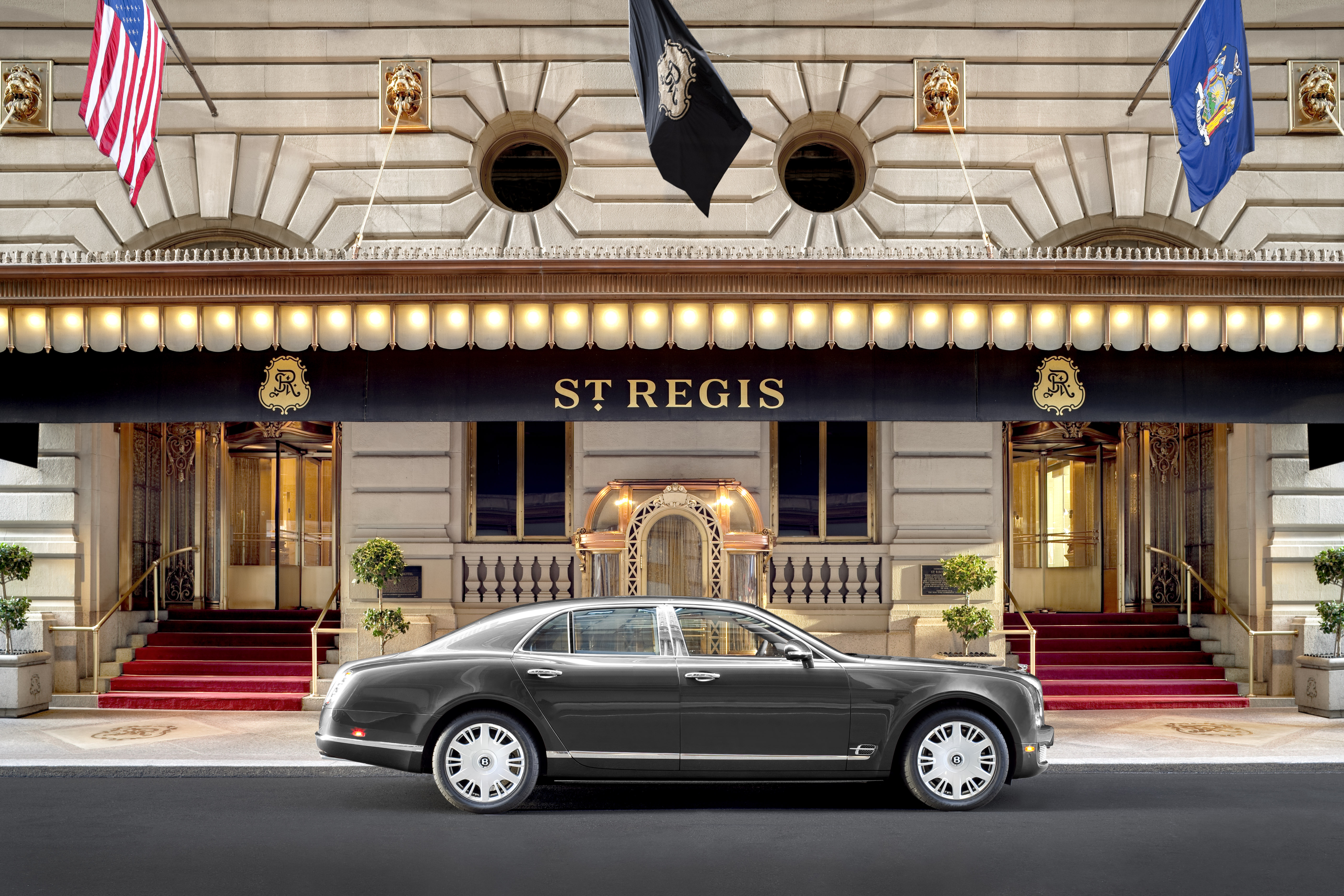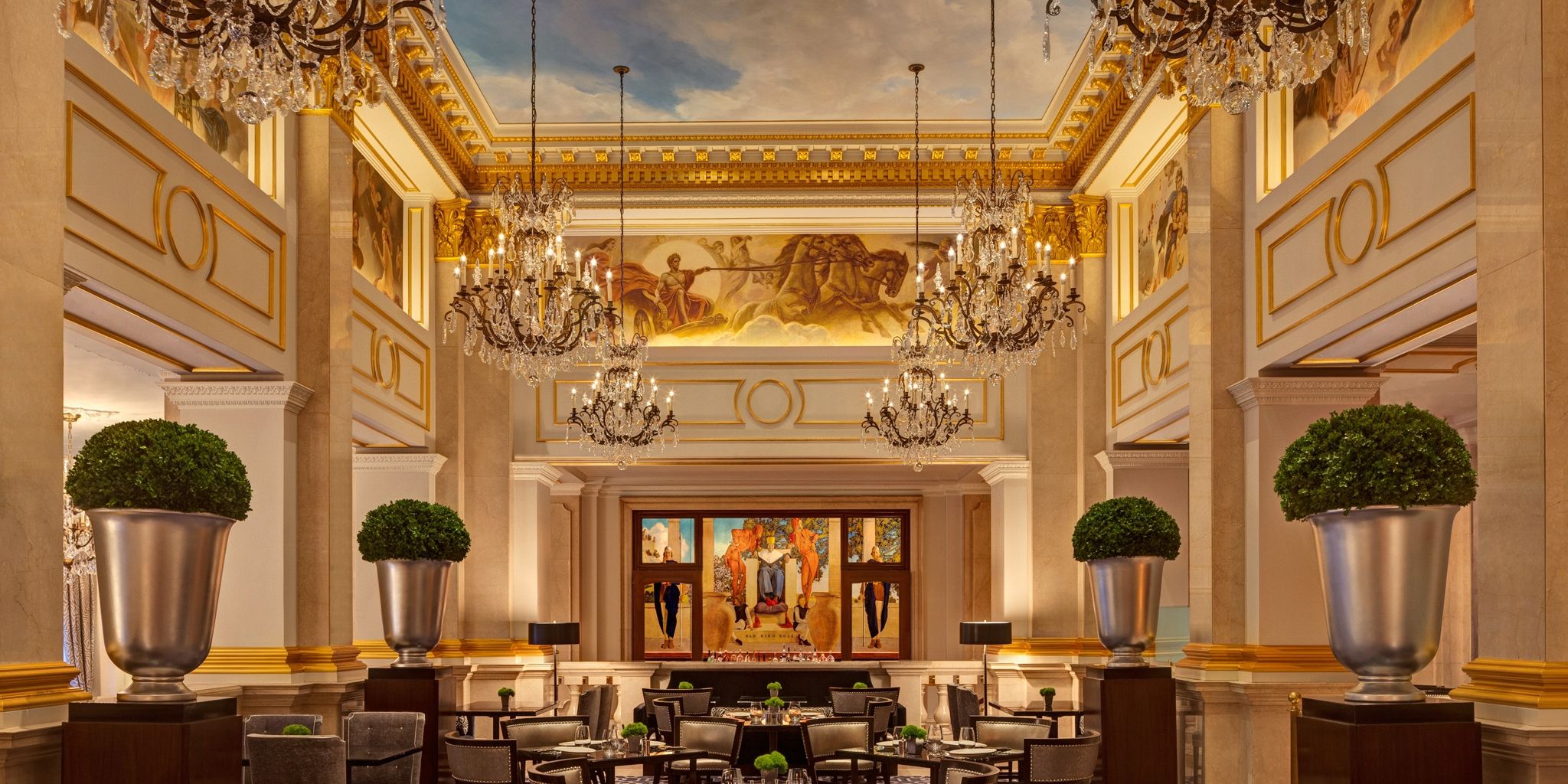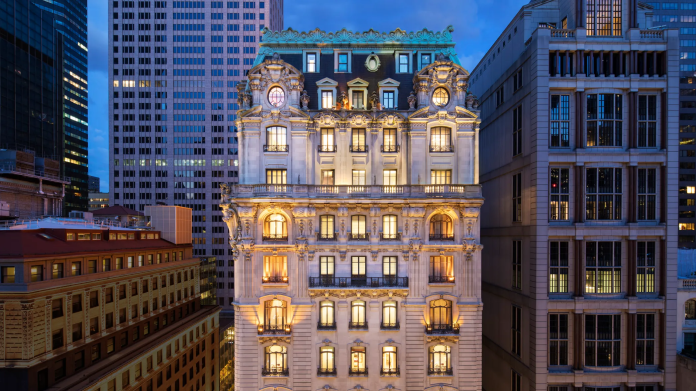One of the oldest hotels in New York, the St. Regis, is located in the centre of New York’s commercial centre, Manhattan. In the early 20th century, this plot of land had been largely undeveloped, with just a slew of small row houses lining the streets on either side. However, as Fifth Avenue began climbing up the ladder of commercial significance, the plot was purchased by one John Jacob Astor IV. Astor came from a family of real estate hoteliers. He leased it to Rudoph Haan so that he could design and develop the hotel that was to be named the Upper St. Regis Lake.
Throughout the construction of the hotel, it remained mired in controversy as wealthy members of the neighbourhood opposed the damage caused to their property–mostly residential complexes–due to the hotel’s construction. One resident, the oil tycoon William Rockefeller Jr., purchased a neighbourhood house to prevent Astor from expanding the hotel onto his street.

The ornate St. Regis, however, opened with glory and glamour to the beau monde of New York. As the Town & Country magazine claimed, patrons were required to spend “a small fortune–two or three figures” to rent a room at St. Regis. So frenzied had been the narrative spun around the exorbitance that Haan had to publicly disavow those claims. But as one critic pointed out, “…[St. Regis] was specifically intended for those ‘who were rich, and who were or wanted to be fashionable, but [who wanted a hotel] which would also be somewhat quieter and more exclusive’.”
By 1906, St. Regis had opened an outdoor restaurant for patrons. Tragedy struck the Astor family when John Jacob Astor died in the RMS Titanic iceberg collision in 1912. The St. Regis was then inherited by Astor’s son, Vincent. Akin to his father, Vincent set plans afoot to expand the hotel but was thwarted by Rockefeller yet again. Despite that, Vincent managed to bring in his additions to his father’s hotel, like the construction of ground-level storefronts, to go with the overall facade of the hotel. These storefronts were then leased to a slew of entrepreneurs, notable of which were the jewellery outlet E. M. Gattle and menswear outlet William A. McLaughlin & Co. By 1927, the Astor family had sold off all of its hotels, with St. Regis going under the hammer in February 1927.

In the second half of the twentieth century, St Regis changed hands multiple times. The Marriott brand has continued to invest in its acquisition of St. Regis New York, ensuring that it remains one of the most prestigious luxury hotels in New York City.
The St. Regis New York’s architecture is a spectacularly striking embodiment of the French Beaux-Arts elements. The facade is characterised by intricate detailing that evokes a classical enigma. Be it columns or the cornices, the charming coalescence of these elements with the facade are ‘beauty to be beheld’ forever.






